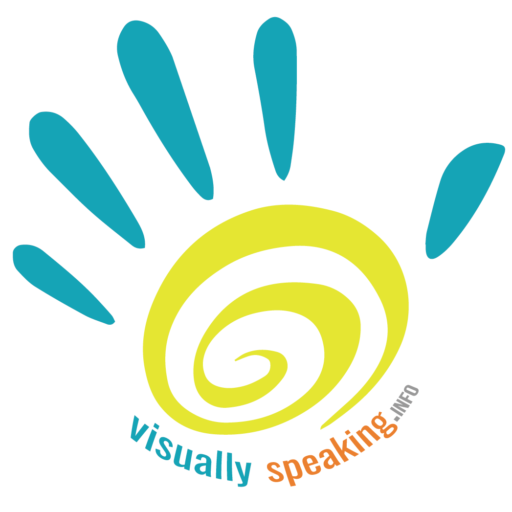So, let’s set the record straight right out of the gate: sign language is NOT universal. Nope. Not even close. Just like spoken languages, every country has its own dazzling, gesture-packed flavor. American Sign Language (ASL)? Totally different from British Sign Language (BSL). Yeah, it shocks people every time.
Before formal schools, fancy textbooks, or YouTube tutorials, there were home signs — think of them as the DIY version of sign language. Families and communities just kind of… made stuff up. And guess what? It worked. Necessity is the mother of invention, especially when communication is on the line.
Now let’s time-travel to Martha’s Vineyard, where Deafness wasn’t some rare anomaly — it was just Tuesday. Everyone on that Massachusetts island — Deaf or hearing — used Martha’s Vineyard Sign Language (MVSL) because everybody needed to communicate. Imagine a whole town signing fluently at the grocery store, church, or over gossip fences. Glorious.
Enter the hero duo: Thomas Hopkins Gallaudet, a man on a mission, and Laurent Clerc, a Deaf French rockstar of education. In 1817, they started the first Deaf school in the U.S. in Hartford, Connecticut. Clerc brought French Sign Language (LSF) in his suitcase, MVSL was already vibing locally, and boom — ASL was born like some glorious linguistic baby shower of handshapes and expressions.
Things were going great until… the Milan Conference of 1880. Or as we like to call it: The Great Sign Language Shutdown. A bunch of hearing folks (with a mere three Deaf people present) decided that Deaf kids should just speak and read lips instead of signing. Because clearly, the people with no lived Deaf experience knew best, right? Eye roll intensifies.
So they kicked ASL out of the classroom, fired Deaf teachers, and told kids to stop moving their hands and just try harder to talk. This went on for 50 ridiculous years.
But guess what? The Deaf community didn’t just sit around and pout. They kept signing in secret, in social clubs, on street corners, and during late-night gossip sessions. ASL became the underground jazz of language — cool, rebellious, and very much alive.
Then in the 1960s, along came linguist William Stokoe, who said, “Hey, wait a minute. This isn’t pantomime — this is a real language.” And boom, ASL got its academic street cred. Finally.
Fast-forward to today: ASL is hot. It’s on TV, in classrooms, in art, in TikToks, and sometimes even used correctly in Hollywood. It’s more than just hands waving — it’s a full-fledged cultural powerhouse.
So next time someone says, “Isn’t sign language universal?” just give them a knowing look and say, “Oh honey… have a seat.
This blog post was authored with the assistance of AI


 Donations may be allocated to support Certified Deaf Interpreters, DeafBlind interpreters and support, ASL interpreters from marginalized communities, as well as fund requests for event access for Black Lives Matter (BLM) and various marginalized community events.
Donations may be allocated to support Certified Deaf Interpreters, DeafBlind interpreters and support, ASL interpreters from marginalized communities, as well as fund requests for event access for Black Lives Matter (BLM) and various marginalized community events.
Leave a Reply